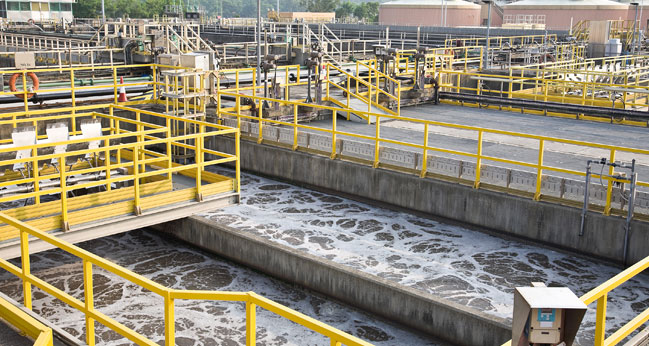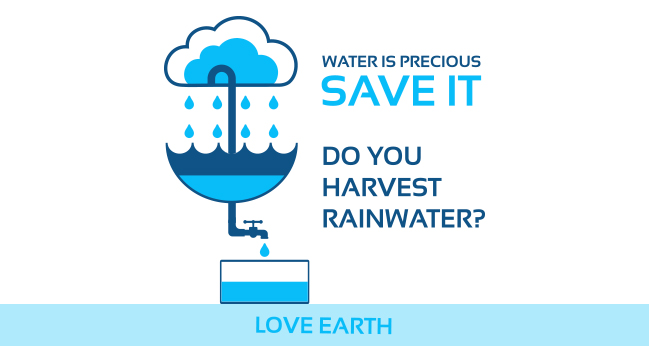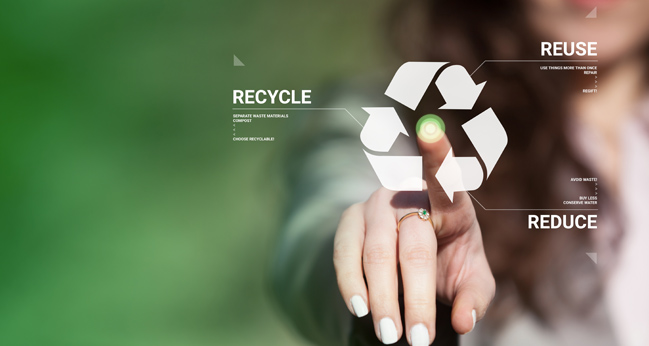Treating Wastewater – STP
Water is one of the most essential necessities of life. As we all are aware, one of the most significant issues faced by the society now is the shortage of fresh water, thus, increasing the price of water, and limiting the usage of water to bare minimum and basic needs. With the rapid speed of urbanization in the country, the need for water also increased rapidly, but without the resources to meet the need. As of now, around 80 percent of the water used for domestic purposes, comes out as wastewater. But sadly, most of the wastewater is left untreated which results in pollution. This, if treated, could be used for flushing toilets and watering plants and several other uses. With today’s ever-evolving technology there are some of the ways water could be treated, helping us regain as much as reusable water as possible. One such process for treating water is STP- Sewage treatment plant.
Sewage treatment is the process of removing contaminants from wastewater and household sewage water. The sewage treatment plant, in short STP, processes are of two types – Anaerobic sewage treatment and Aerobic sewage treatment. But the most convenient process for small-scale treatment is the Aerobic sewage treatment. In this treatment process, aerobic bacteria are important, as they digest the pollutants. There must be a constant supply of air for the bacteria to colonize which could be achieved by surface or diffused aeration. The most modern aerobic sewage system uses natural air currents that do not need electricity or petrol or diesel to run motors for aeration.
Sewage treatment plant involves four stages – the preliminary treatment, the primary treatment, the secondary treatment, and the tertiary treatment. The conventional diagram of STP includes screening and grit removal from the wastewater in the preliminary stage. Sedimentation in the primary treatment follows the previous stage. In the secondary stage, activation of sludge or the trickling filter takes place. And in the last stage, the disinfection, nutrient removal, and solids removal occur. The whole process at the end results in treated water which is reusable.
Wastewater treatment should be highly emphasized not only in apartments but also hospitals, malls, restaurants, etc as it not only saves water by making water eligible to reuse but also stops the damage caused when wastewater is directly released into the environment. It is affordable and simple. It also increases the standard of living of the society. Sewage treatment is a one-time investment. It may cost around maybe fourteen lakh rupees for a 100 apartment community but it just takes 25 rupees per family per month to keep it running. The efforts, as well as the money, are all worth it, in the end.
At the moment it is necessary for all communities to think seriously and act on wastewater as the crises of water shortage is not going away anytime soon. Before we know it, India may become the next Flint (USA) or Cape Town. It is absolutely important to keep the future generations in mind while we progress.
Reference- http://www.crystaltanks.com/sewage_treatment_explained.html
https://economictimes.indiatimes.com/treating-wastewater-with-the-help-of-modern-technology/toshibashow_dp/55050324.cms




